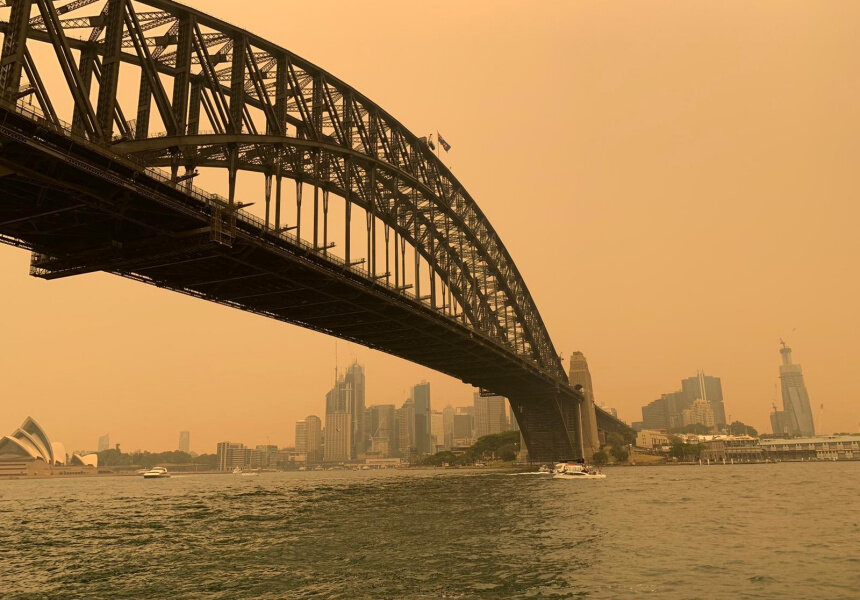
Australia is experiencing a bushfire season of unprecedented magnitude. We have heard many claims about the dangers of smoke inhalation (right or wrong), like “one hour of breathing this smoke is like smoking 14 packets of cigarettes a day” or “the PM index is off the charts, it is too dangerous to breathe outdoor air today”.
FACT 1: At the simplest level, smoke is defined as the incomplete combustion of organic matter. It contains ash and an array of chemical toxins. In addition to carbon monoxide, carbon dioxide, hydrocarbons and nitrogen oxides, the actual composition of the gaseous substance is dependent on what type of vegetation is burning. Altogether these gases reduce an exposed person’s oxygen supply and are similar to the chemical entities emitted from a car’s exhaust system.
However, there is one danger that is rarely spoken about …
FACT 2: MOULD TRAVELS … Mould needs particulate matter to travel, whether this is a vegetable particle, a soil particle, a fibre from clothing and yes … ash from a bushfire. The photos below are of two test slides revealing air quality in Sydney.

There are limited studies about mould in bushfire smoke, except an article where researchers found ash from a Mexican bushfire in Africa. Due to high winds, the researchers claimed to have found mould from that Mexican locality in AFRICA!
New Zealand found that the intensity of the Australian bushfires in late December 2019, had fuelled the New Zealand haze, and this was the fourth time New Zealand had been affected by fires across the Tasman in the same summer.
FACT 3: SMOKE PARTICLES ARE LESS THAN ONE MICRON IN SIZE … considerably smaller than PM2.5 or PM10, which are used as danger level guidelines for respirable dust. The resulting affect is that smoke particles will settle in surfaces everywhere: in clothes, cars, homes or office spaces. Given a moisture or humidity change, all the mould that came in on the smoke particles will germinate and wreak havoc on surfaces as well as the air that you breathe.
What can you do?
Our advice is don’t wait. Start a disciplined clean down of each room in your house or office using the PUREFOLIO Surface Sanitisers. Then use the PUREFOLIO Air Purifier to create a safer indoor air quality environment.

By: D. Massaioli, BSc UNSW, Director SAN-AIR Australia – 8th Dec, 2019
